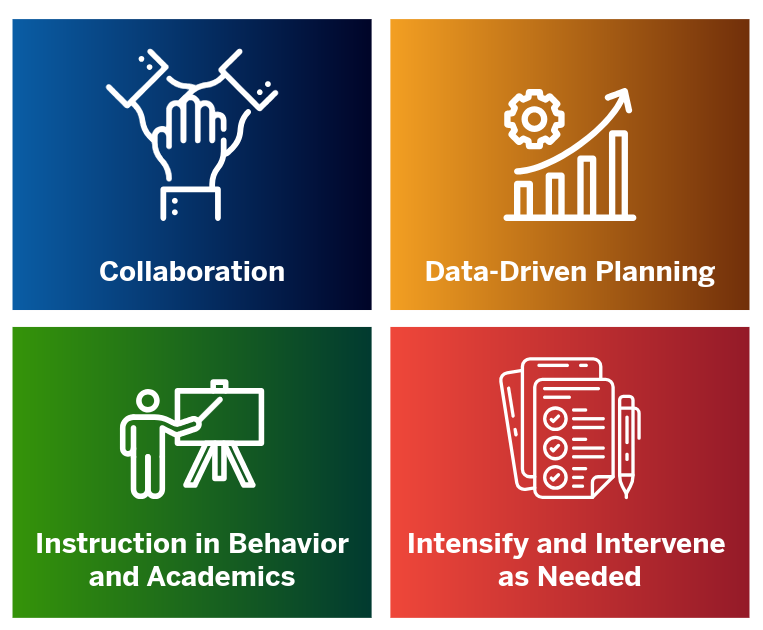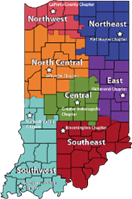Wishing You a Wonderful Holiday Season and Success in 2026
As the year comes to a close, the Indiana Secondary Transition Resource Center sends warm wishes for a festive holiday season and a prosperous year.
Thank you for being a dedicated subscriber to Tuesday’s Transition Tips. We especially want to recognize the invaluable, hard work you perform every day to serve youth, students with disabilities, and their families. Your commitment is the foundation for the successful future of those you serve.
We look forward to connecting with you again in 2026!
Bonus Tips:
In the new year, we remain committed to providing robust support through professional development and technical assistance, including:
- Explore the new and improved Transition Miniseries. This 7-course miniseries is a free online training from INSTRC. Each course is designed to help you become more familiar with the components of the cyclical planning process and support you as you create quality Transition IEPs and Portfolios with your students. Register today.
- Enroll in the Transition Educators Facilitating Employment course. A 10-week, comprehensive online training that gives educators, specialists, Pre-ETS providers, transition coordinators, and other professionals the foundation, techniques, and effective strategies necessary for successful adult vocational transition. Register today.
- Join Virtual Open Office Hours every Thursday from 2:30 to 4:30 PM Eastern Time. During these sessions, you can speak with subject matter experts in dedicated breakout rooms. Our staff can address inquiries concerning transition portfolios, Individualized Education Programs (IEPs), Social Security Work Incentives, Vocational Rehabilitation, and other transition-related topics. To join, use the Zoom link.




